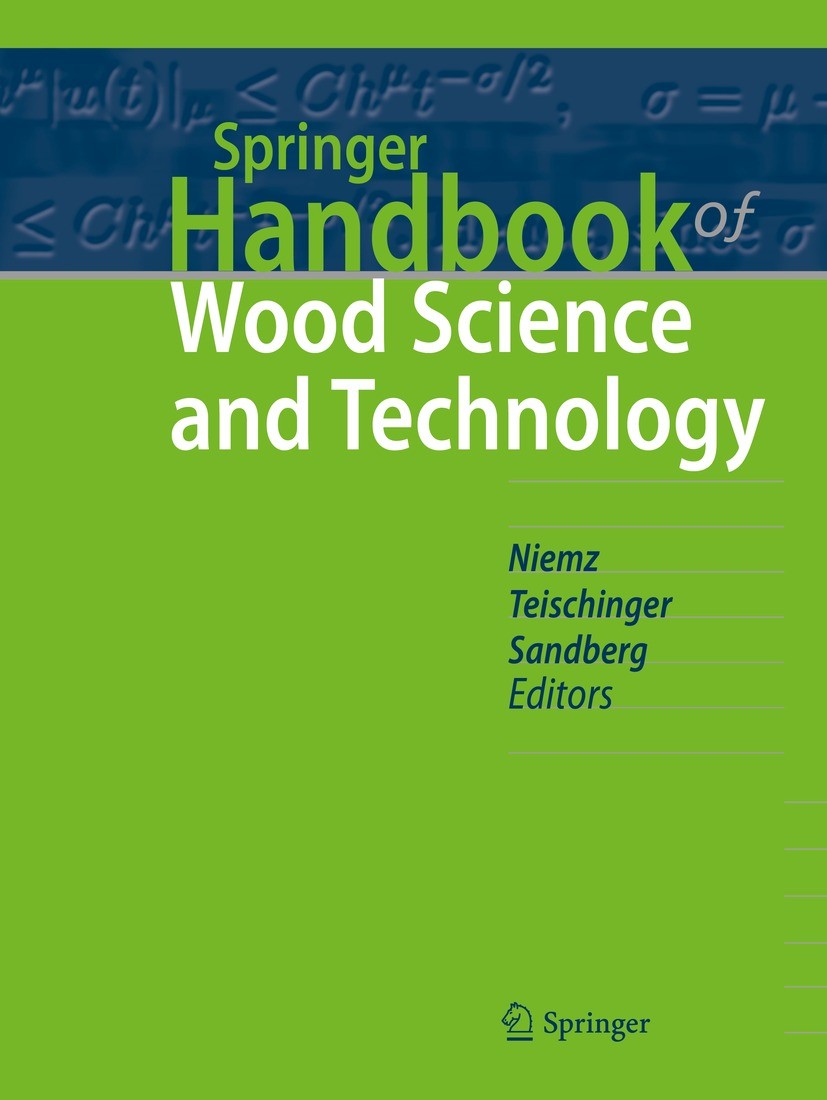Mechanical properties of Virginia creeper tendrils
Abstract
The tendrils of Virginia creepers serve a crucial mechanical function in its attachment system, which may be subjected to environmental forces. In this study, a comprehensive experimental analysis of tensile tests was initially conducted on Virginia creeper straight tendrils, revealing their ability to deform with an elongation of approximately 50%. The investigation encompassed the tendrils of seasonal and locational variations, the moisture content, and the alterative weight ratio of the tendril core (peeled skin of the tendril) to the overall tendril. The findings indicated that the mechanical properties of the tendrils were significantly impacted by both moisture content and growth. The tendril microstructure was then examined by scanning electron microscopy (SEM), which revealed that a substantial presence of G-fibers with characteristic gelatinous helix and helical structures may play a significant role in the remarkable tendril elongation. The study may improve our understanding of the functional and structural aspects of climbers and their tendrils, and contribute to the development of new high-strength composite materials from plant fibers.

 求助内容:
求助内容: 应助结果提醒方式:
应助结果提醒方式:


